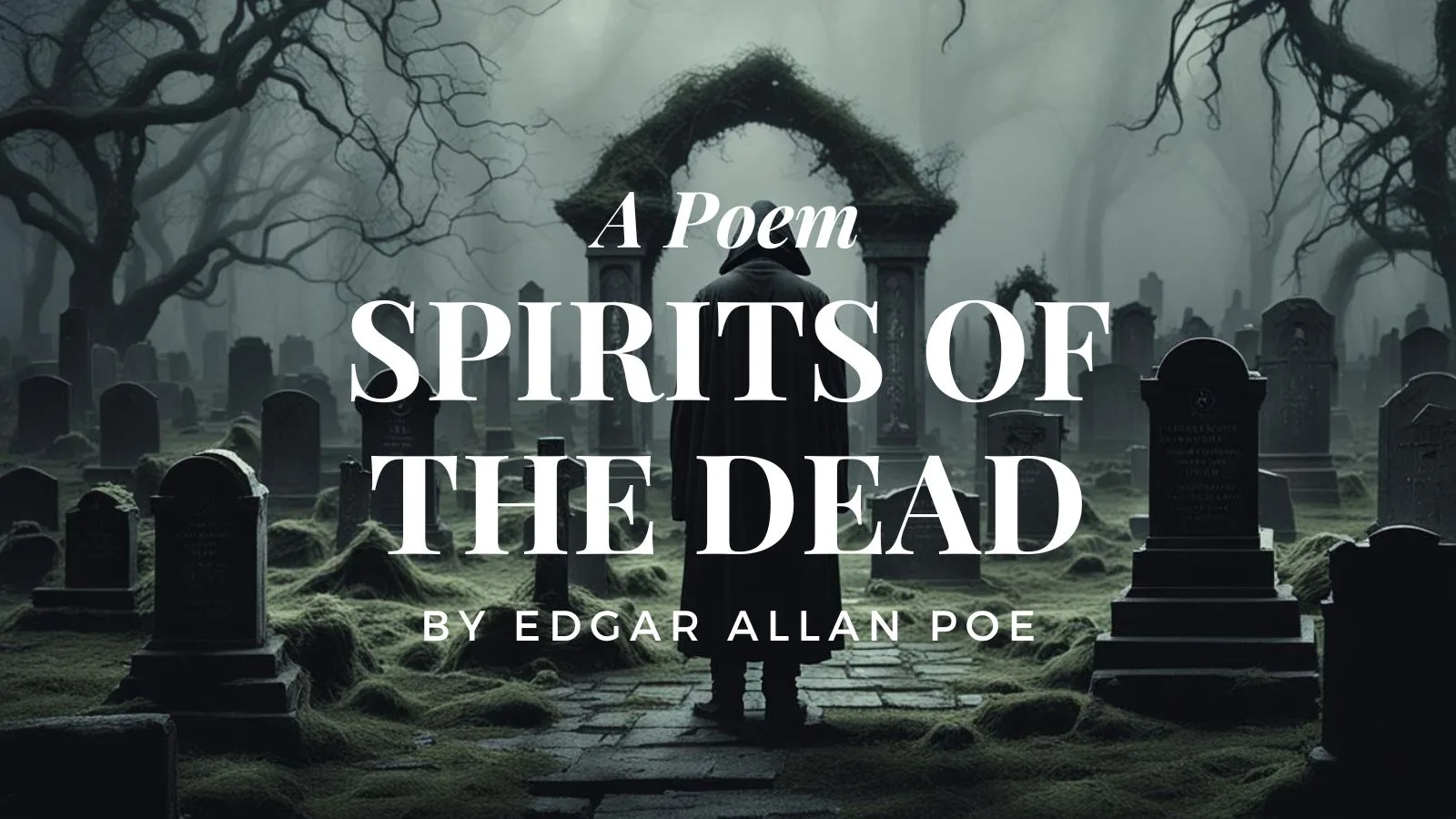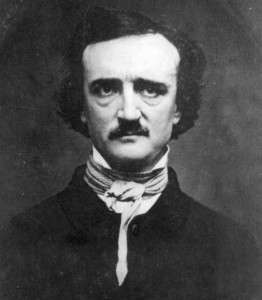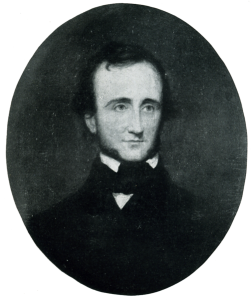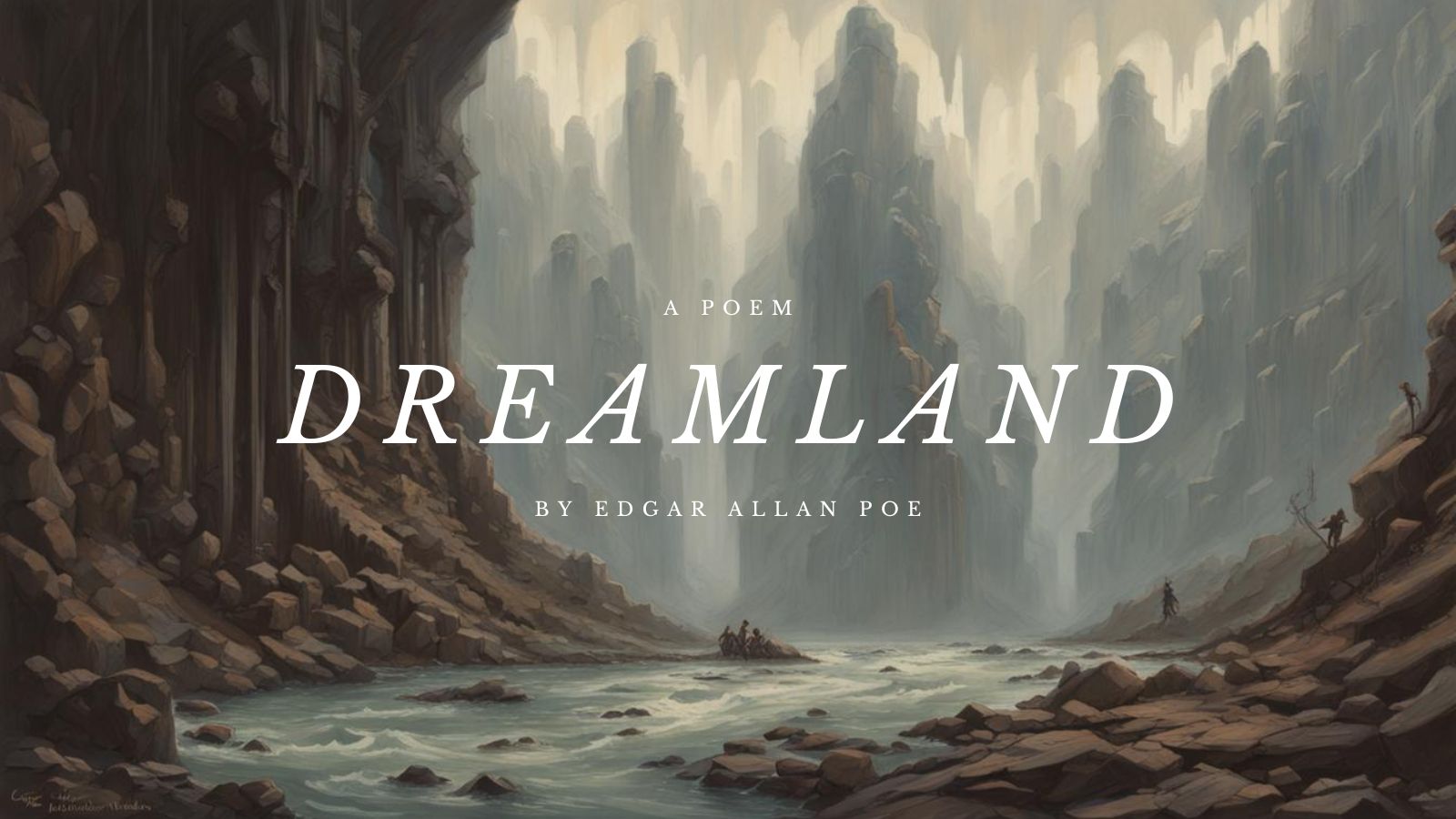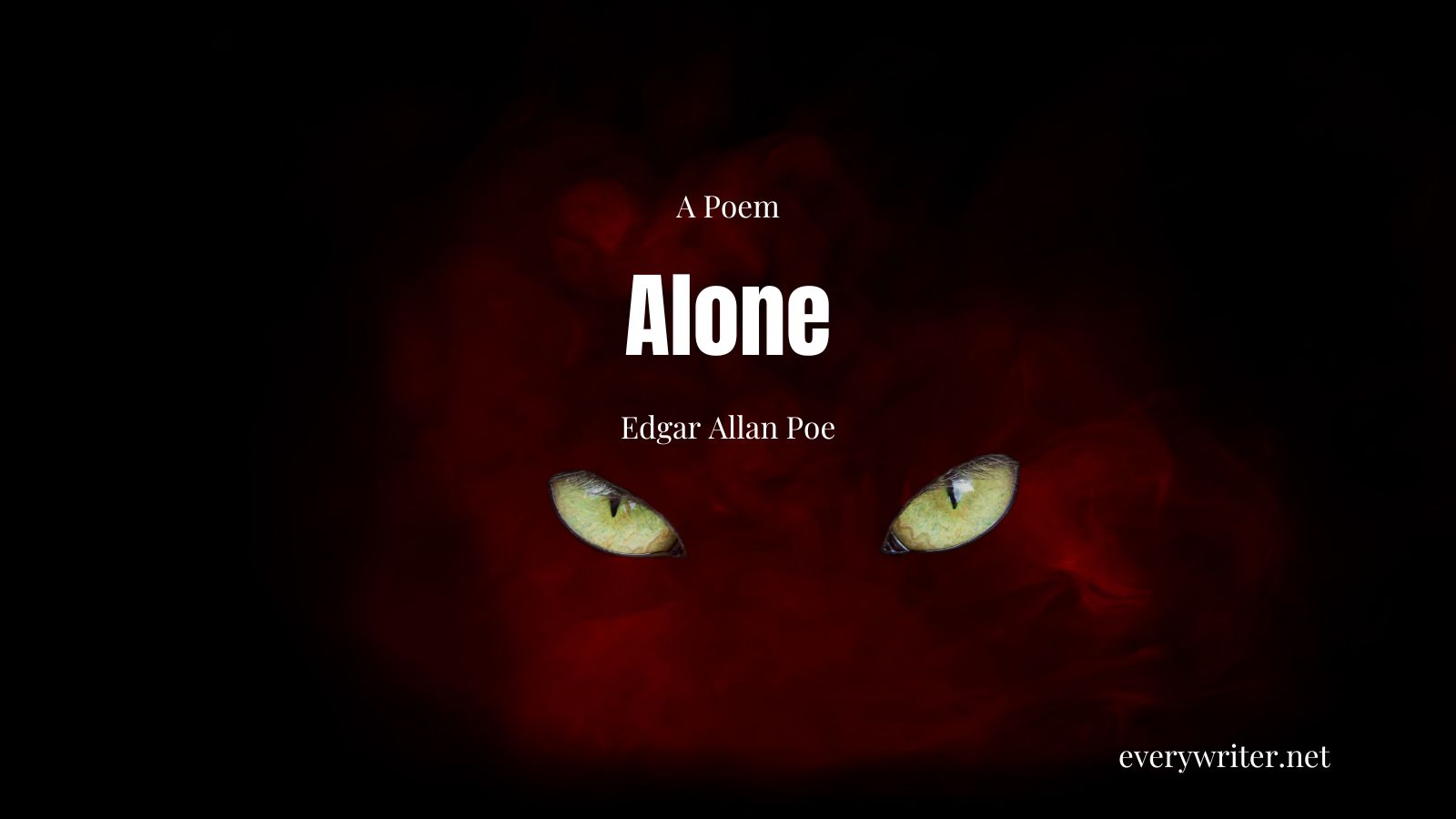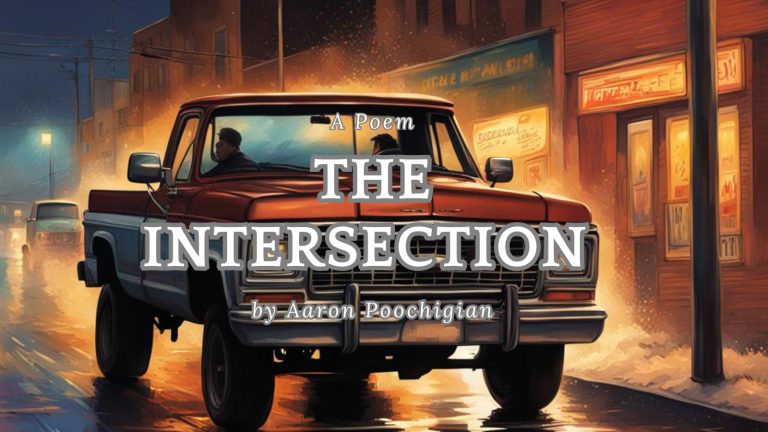Intro: Spirits of the Dead by Edgar Allan Poe
Edgar Allan Poe’s ‘Spirits of the Dead’ plunges us into the chilling realm of isolation and the haunting presence of those who have passed. This poem, steeped in Poe’s signature atmosphere of melancholy and dread, explores the profound solitude that transcends mere physical loneliness. It suggests that even in seeming solitude, we are surrounded by the spectral influence of the deceased, their ‘will’ casting a long shadow over our thoughts. Poe masterfully uses vivid imagery and a haunting rhythm to create a world where nature itself—stars, breeze, and mist—becomes a symbol of encroaching dread. This poem is a journey into the depths of a soul grappling with the inescapable presence of death, and the terrifying knowledge that even in silence, we are never truly alone
SPIRITS OF THE DEAD
by Edgar Allan Poe
Thy soul shall find itself alone
‘Mid dark thoughts of the gray tombstone;
Not one, of all the crowd, to pry
Into thine hour of secrecy.
Be silent in that solitude,
Which is not loneliness—for then
The spirits of the dead, who stood
In life before thee, are again
In death around thee, and their will
Shall overshadow thee; be still. 10
The night, though clear, shall frown,
And the stars shall look not down
From their high thrones in the Heaven
With light like hope to mortals given,
But their red orbs, without beam,
To thy weariness shall seem
As a burning and a fever
Which would cling to thee forever.
Now are thoughts thou shalt not banish,
Now are visions ne’er to vanish;
From thy spirit shall they pass
No more, like dewdrops from the grass.
The breeze, the breath of God, is still,
And the mist upon the hill
Shadowy, shadowy, yet unbroken,
Is a symbol and a token.
How it hangs upon the trees,
A mystery of mysteries!
Analysis
Edgar Allan Poe’s “Spirits of the Dead” creates a chilling atmosphere of isolation that blurs the lines between physical solitude and the haunting presence of the departed. The poem’s speaker is immersed in a dark, introspective space, where the “spirits of the dead” exert a palpable influence. Poe uses nature imagery—frowning nights, starless red orbs, still breezes, and symbolic mist—to mirror this internal dread. The stars, normally beacons of hope, become feverish and oppressive. The poem suggests that true isolation isn’t the absence of others, but the inescapable weight of past lives and their lingering “will.” This creates a sense of psychological entrapment, where thoughts and visions become permanent, like “dewdrops” clinging to grass, refusing to dissipate. The poem’s strength lies in its ability to evoke a profound sense of unease, where the natural world reflects the speaker’s internal torment, and the dead become an inescapable, oppressive presence.
Why This Poem Matters:
“Edgar Allan Poe’s ‘Spirits of the Dead’ is more than just a haunting piece of verse; it’s a masterclass in crafting atmosphere and psychological dread. For writers, this poem serves as a powerful example of how to use vivid imagery and carefully chosen language to create a palpable sense of unease. Poe’s ability to blur the lines between the physical and the spectral, to make nature itself a reflection of internal torment, is a technique that can be applied to any genre.
Furthermore, this poem explores the universal theme of isolation in a way that transcends simple physical separation. It delves into the profound solitude that comes from being haunted by the past, by the ‘will’ of those who have departed. Poe’s exploration of this psychological entrapment, where thoughts and visions become inescapable, speaks to the enduring human experience of grappling with loss and memory.
‘Spirits of the Dead’ also showcases Poe’s mastery of sound and rhythm, creating a hypnotic cadence that draws the reader into the poem’s dark world. Studying Poe’s use of repetition, symbolism, and evocative language can provide valuable insights for writers seeking to create immersive and emotionally resonant narratives. This poem is a testament to the power of language to evoke not just images, but a deep sense of psychological and emotional atmosphere, making it a crucial study for anyone seeking to master the craft of writing.”
Bio
Edgar Allan Poe (1809-1849) was an American writer, poet, critic and editor best known for his tales of mystery and horror. He is considered a central figure in the American Romantic movement and was one of the first American practitioners of the short story.
Poe was born in Boston to actress Elizabeth Arnold Hopkins Poe and actor David Poe Jr. His father abandoned the family when Poe was a toddler and his mother died of tuberculosis when he was two, leaving him orphaned. He was taken in by the wealthy tobacco merchant John Allan and his wife Frances in Richmond, Virginia. More from Edgar Allan Poe
Suggested reading:
“The Raven” by Edgar Allan Poe: Another iconic Poe poem that delves into themes of grief, loss, and the haunting presence of the past.
“Annabel Lee” by Edgar Allan Poe: Explores the enduring power of love and loss, and the lingering presence of a deceased loved one.
“The Fall of the House of Usher” by Edgar Allan Poe: A short story that creates a similar atmosphere of dread and psychological entrapment.
“The Philosophy of Composition” by Edgar Allan Poe: An essay where Poe discusses his writing process and his theories on creating a unified emotional effect, relevant to understanding the impact of “Spirits of the Dead.”
“The Collected Poems of Edgar Allan Poe”: For a broader understanding of Poe’s poetic style and recurring themes.
“Gothic Literature”: Explore the broader genre of Gothic literature, which heavily influenced Poe’s work and features similar themes of death, isolation, and the supernatural.
Poe was born in Boston to actress Elizabeth Arnold Hopkins Poe and actor David Poe Jr. His father abandoned the family when Poe was a toddler and his mother died of tuberculosis when he was two, leaving him orphaned. He was taken in by the wealthy tobacco merchant John Allan and his wife Frances in Richmond, Virginia. More from Edgar Allan Poe
